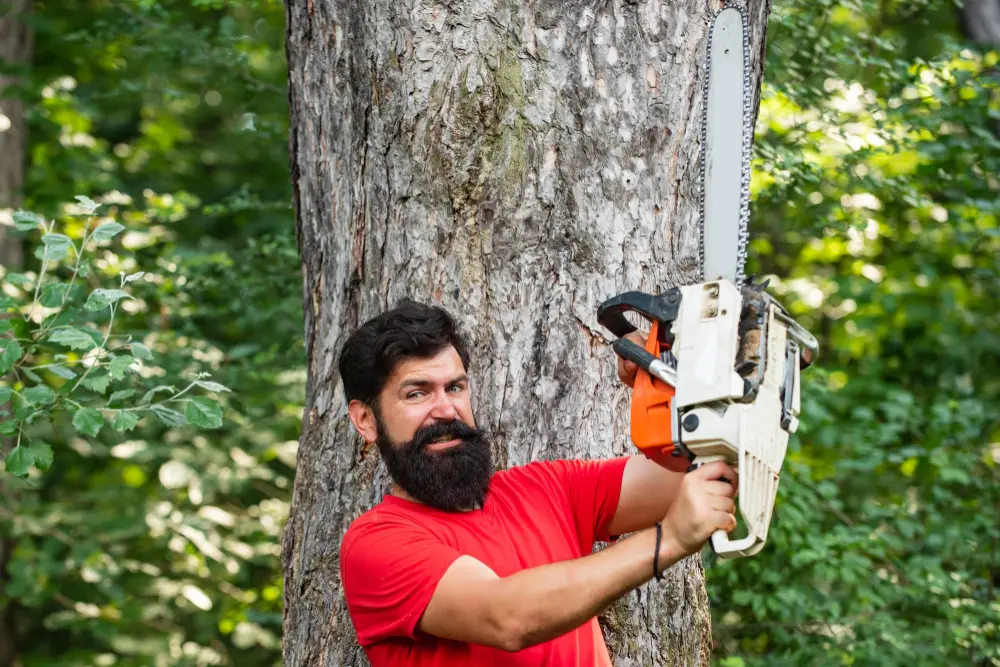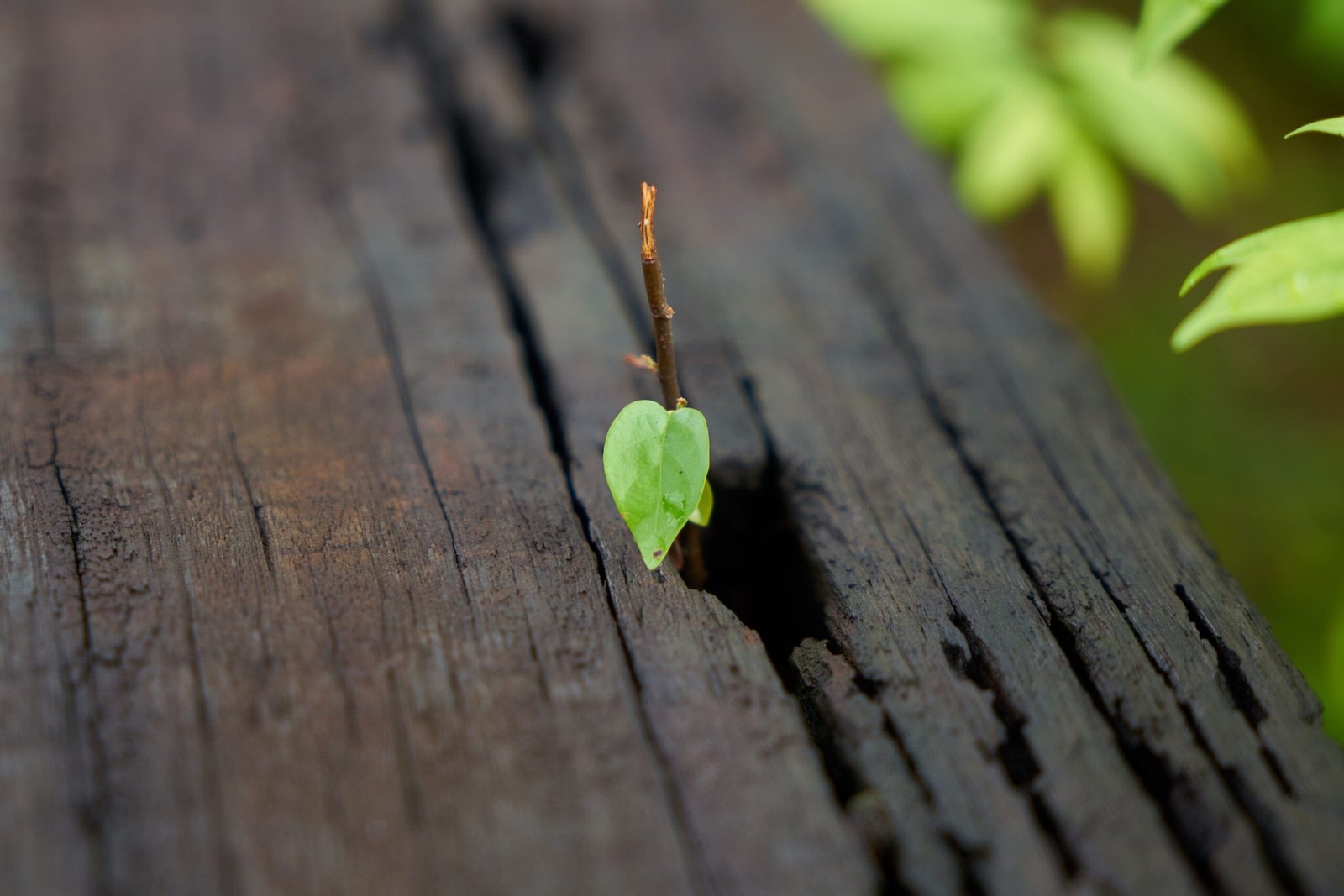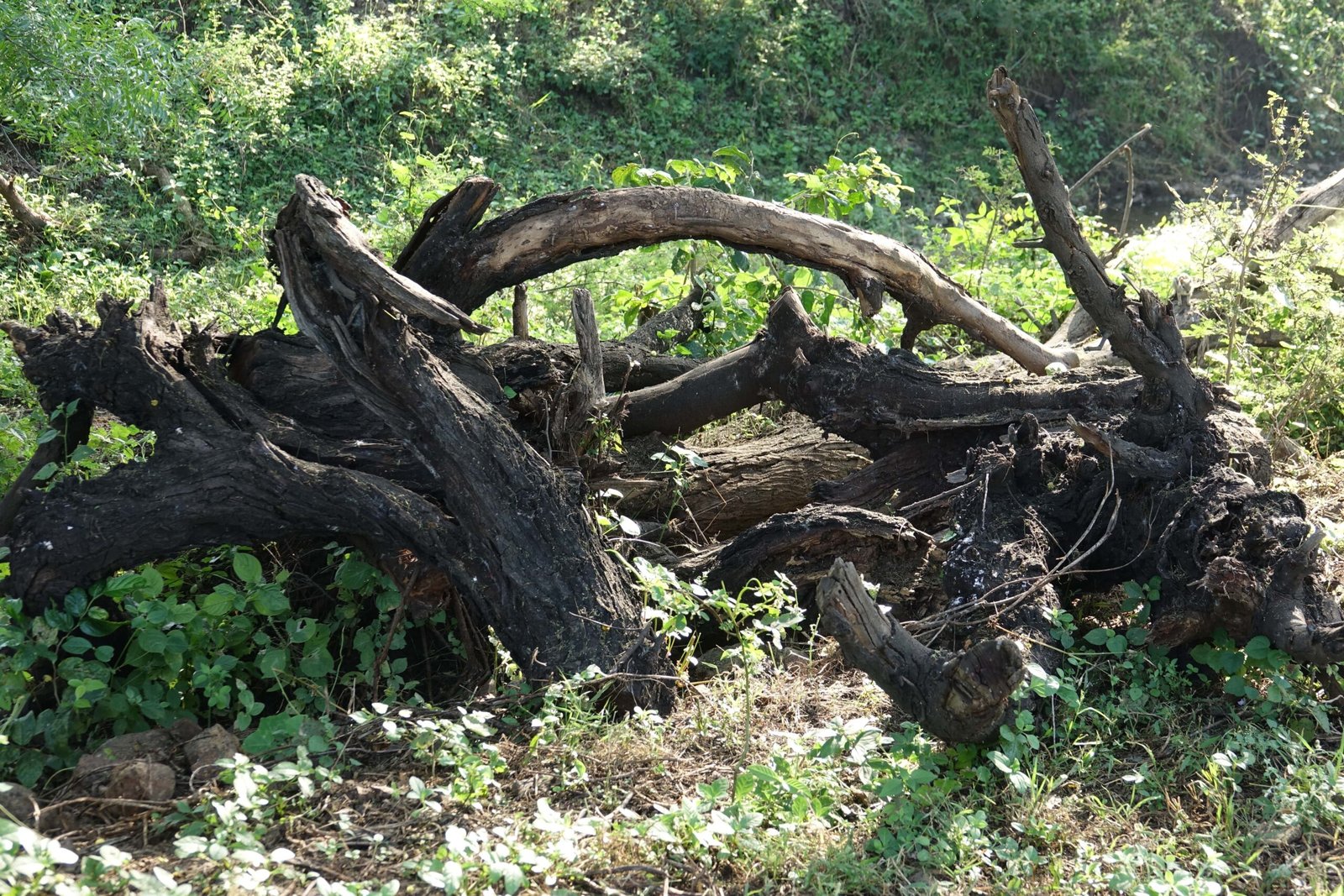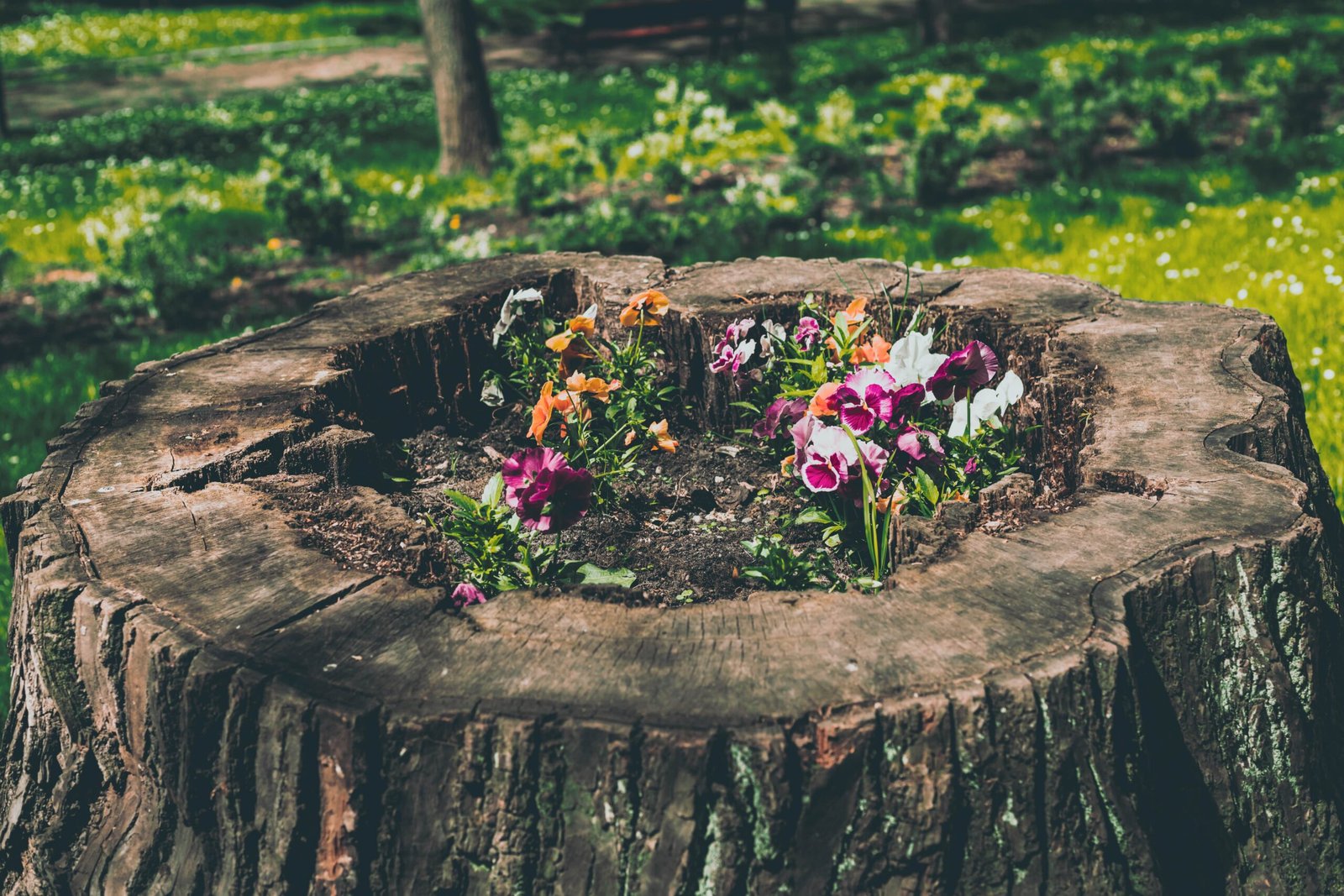Maintaining the beautiful trees and greenery in Darwin is a shared responsibility for all residents. Trees play a significant role in enhancing the beauty of our surroundings and providing us with numerous environmental benefits. However, when trees become damaged or diseased, they can lose their charm and pose safety risks. One effective way to care for these trees is through tree lopping, which involves strategically removing branches to keep trees healthy and safe.
Hiring professional tree care services is crucial for this task. By using these services, you can ensure your trees are well-maintained without harming the environment.
On the other hand, when you are lopping your trees on your own, it is essential to understand Darwin’s tropical weather and know how to handle this task correctly.
In this blog post, we will explore common tree lopping mistakes and provide tips to help you avoid them. Let’s get started!”
Avoid These Common Tree Lopping Mistakes
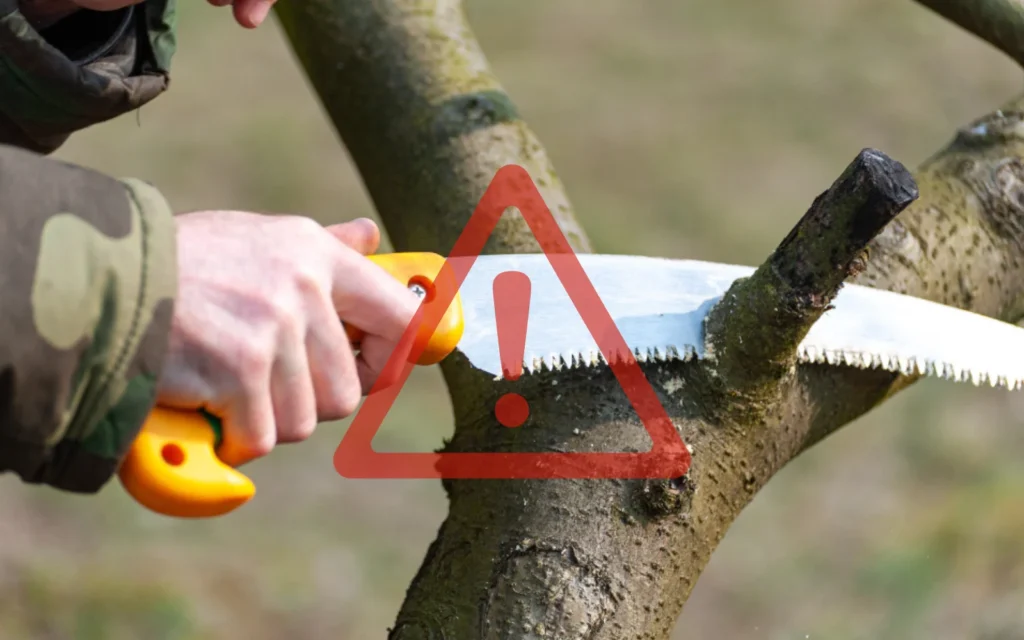
Garden enthusiasts often make common mistakes that can significantly harm Darwin’s environment. Statistics also indicate that over 40% of tree-related injuries among homeowners are due to improper lopping techniques.
Let’s discuss these mistakes and explore the best ways to avoid them.
1. Ignoring The Surrounding Areas
The first mistake you commit while tree lopping is not paying attention to your surroundings. This oversight can lead to several unforeseen issues. For example, falling branches during the lopping process can pose hazards to passing vehicles and neighboring homes. Additionally, the falling debris can significantly affect pets or wildlife in the vicinity.
To avoid these problems, it’s crucial to survey the area around the tree before starting any work. Ensure that no vehicles, people, or animals are at risk. Taking these precautions will help you prevent accidents and ensure the safety of everyone and everything around you.
2. Over-Lopping
Usually, people remove a lot of branches and foliage in one session. Their main concern is to have short term cost savings and want immediate results in the appearance of trees. But, little do they know that this over-lopping puts a lot of stress on trees. As a result, they become more susceptible to insects and diseases. Moreover, they ruin their structural integrity.
Therefore, when you plan lopping, always set clear goals for which branches really need to be removed. Then, during execution, remember this famous rule i.e. never remove more than 1/3rd of a tree’s canopy. This is how you can preserve the natural shape and appearance of a tree in Darwin without causing any potential damage to its structure.
3. Incorrect Timing
Another mistake people make is not choosing the right time for tree lopping. The ideal time to lop your trees is during the dormant phase, i.e., late fall or early winter, as trees are not growing actively at that time.
But if you opt for any other season, it is better to know the pros and cons of the process at that time before starting it. Like, if you start lopping in the spring season, it can interfere with fruit production and the natural flowering cycles of trees. Apart from that, if you lop them at extreme temperatures or during drought, they will undergo severe stress and take a lot of time to heal their wounds. Moreover, if lopping is done during nesting or breeding season, it will badly affect the birds and wildlife.
So, after considering all the risk factors, the local climate of Darwin, and the characteristics of the species, you should choose the optimal time for arborist services.
4. Not Taking Safety Measures

Never take tree lopping as a casual process. If proper safety measures are not taken during it, it can lead to serious accidents. For example, there is a risk of falling from an elevated position during tree lopping. Similarly, once you start cutting branches, they can fall on you or nearby workers. Also, this is physically demanding work and fatigue can also lead to major losses.
Now let’s see which safety measures will help you. First of all, you should wear a helmet, glasses, and high-visibility clothing to avoid the risk of falling objects. To deal with electrical hazards, you should take proper training and follow safety measures.
Moreover, if you want to avoid fatigue and heat, it is always advisable to take small breaks and stay hydrated during the process. By seriously following these safety protocols, you can prevent injuries.
5. Using Improper Tools
Some tree loppers make the common mistake of not using the right tools for the task. When not using the right tools, the process becomes more complex and hazardous. Damaged tools can cause unexpected movements, resulting in severe cuts on your body or rough cuts on trees.
So, it is always recommended to invest in high-quality tools before starting the lopping process. It will pay you in the long run. The most efficient tools are chainsaws, loppers, and pruning shears to maintain the quality of work.
6. Rushing The Process
Darwin tree trimming services require a lot of attention, and if you complete them hastily, they will result in sloppy work. Incorrectly angled trees with jagged edges will severely affect their structural integrity. Also, they will take a long time to heal and lose their natural appearance.
So, always take proper time to create a plan and follow industry practices to deal with every detail of the lopping process. If you invest proper time and effort, it will save you from all risks and negative outcomes.
Conclusion
To help trees thrive in the challenges of Darwin’s climate along with maintaining their ecological diversity, you have to play your part. We hope that now you have a complete understanding of common mistakes that happen during tree lopping. So, keep them in mind and follow the recommended tips to keep Darwin green and safe.
FAQS
Hiring a professional tree care service is quite beneficial for you. They use proper techniques, comply with local regulations, and maintain safety during the process.
The ideal time for tree lopping is the dry season i.e. May to September. During this time, there is less stress on trees, and they can recover from open wounds as well.

